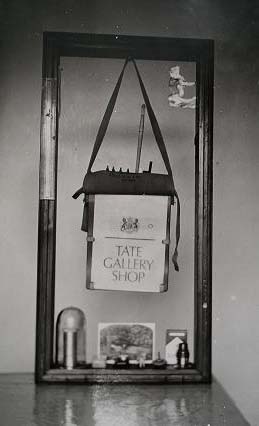
I will be in Belgium from 28 July to 4 August 2007 (apart from a quick return to England for 1 August to see Tristan and Isolde at Glyndebourne), at St Yvon near Ploegsteert, as artist in residence at an archaeological dig run by a group called No Mans Land.
The dig is just east of Ploegsteert Wood, a place I recently visited as part of my Willows project (see elsewhere in this blog). It focuses on the British and German front line trenches of 1914-1917, the 'no man's land' between them, and two huge mine craters blown in 1917 at Factory Farm and Ultimo Trench.
To the artist and writer Davis Jones, who served in this sector with the 'flash-spotters' of 2nd Field Survey Company, Royal Engineers, Ploegsteert (and also the Ypres Salient) was the mythical 'Broceliande' of the Arthurian legends. The job of the 'flash-spotters' was to locate enemy artillery batteries by taking intersections on their flashes when they fired. They relied on elevation to gain observation from church towers, windmills, hills, etc. In this area the great eminence of the Kemmelberg was vital for British observation, and also the lesser heights of Hill 63 and the hill at Neuve Eglise.
Ploegsteert Wood was an incredible warren of tracks, dugouts, headquarters, billets, reserve trenches (like the dugouts built above ground level as sandbag breastworks to keep above the high water-table). The clay soil in Flanders drains very poorly, and water (and related willow trees) is a significant landscape feature.
Visible and invisible:
I shall be making a close study of the landscape, including elements of visibility and intervisibility. I shall also bear in mind the invisible - the trenches near the surface, some of which the archaeologists will reveal, and the mine shafts and galleries which lie much deeper.
The dig is just east of Ploegsteert Wood, a place I recently visited as part of my Willows project (see elsewhere in this blog). It focuses on the British and German front line trenches of 1914-1917, the 'no man's land' between them, and two huge mine craters blown in 1917 at Factory Farm and Ultimo Trench.
To the artist and writer Davis Jones, who served in this sector with the 'flash-spotters' of 2nd Field Survey Company, Royal Engineers, Ploegsteert (and also the Ypres Salient) was the mythical 'Broceliande' of the Arthurian legends. The job of the 'flash-spotters' was to locate enemy artillery batteries by taking intersections on their flashes when they fired. They relied on elevation to gain observation from church towers, windmills, hills, etc. In this area the great eminence of the Kemmelberg was vital for British observation, and also the lesser heights of Hill 63 and the hill at Neuve Eglise.
Ploegsteert Wood was an incredible warren of tracks, dugouts, headquarters, billets, reserve trenches (like the dugouts built above ground level as sandbag breastworks to keep above the high water-table). The clay soil in Flanders drains very poorly, and water (and related willow trees) is a significant landscape feature.
Visible and invisible:
I shall be making a close study of the landscape, including elements of visibility and intervisibility. I shall also bear in mind the invisible - the trenches near the surface, some of which the archaeologists will reveal, and the mine shafts and galleries which lie much deeper.
The air photo (conventional orientation with north at the top), taken in June 1915, shows the opposing trench lines with no man's land in between. Ploegsteert Wood is on the left, and at the top are the moated farms known to the British as Hull's Burnt Farm (left, to the west of the British front line) and Factory Farm (right, with the German front line trench running through it).


No comments:
Post a Comment